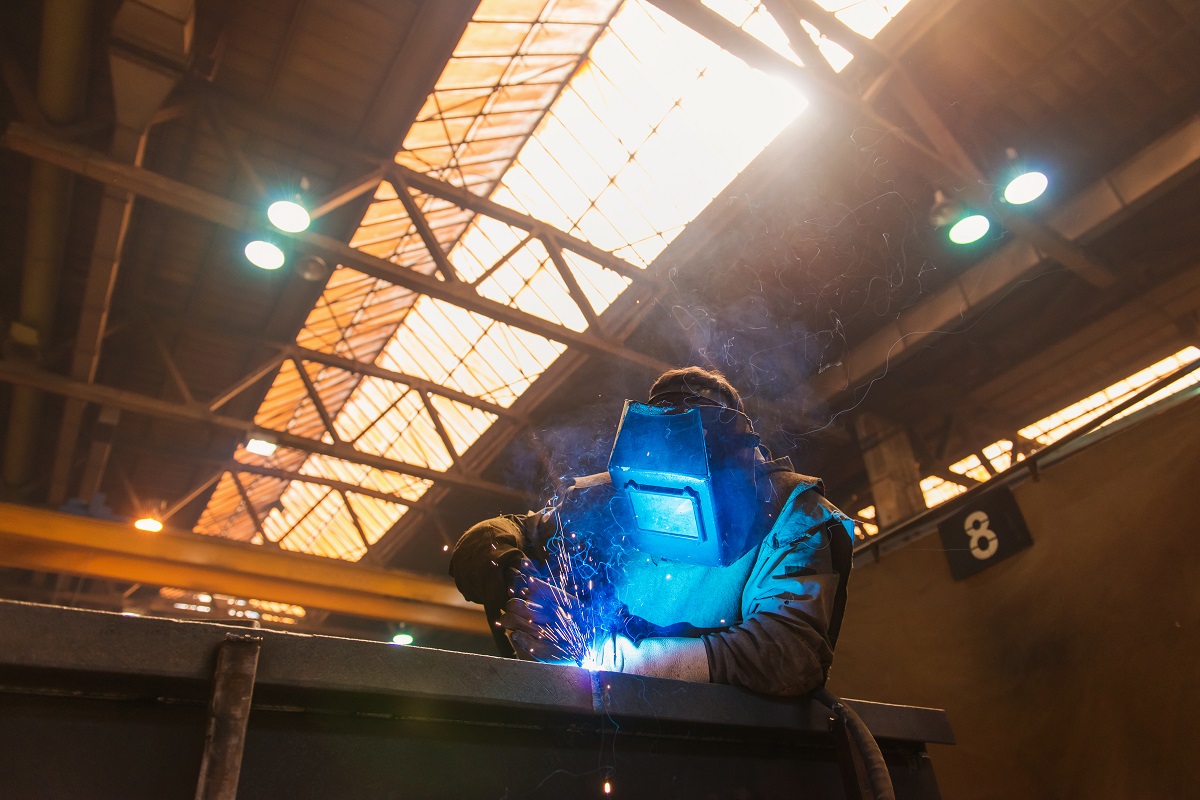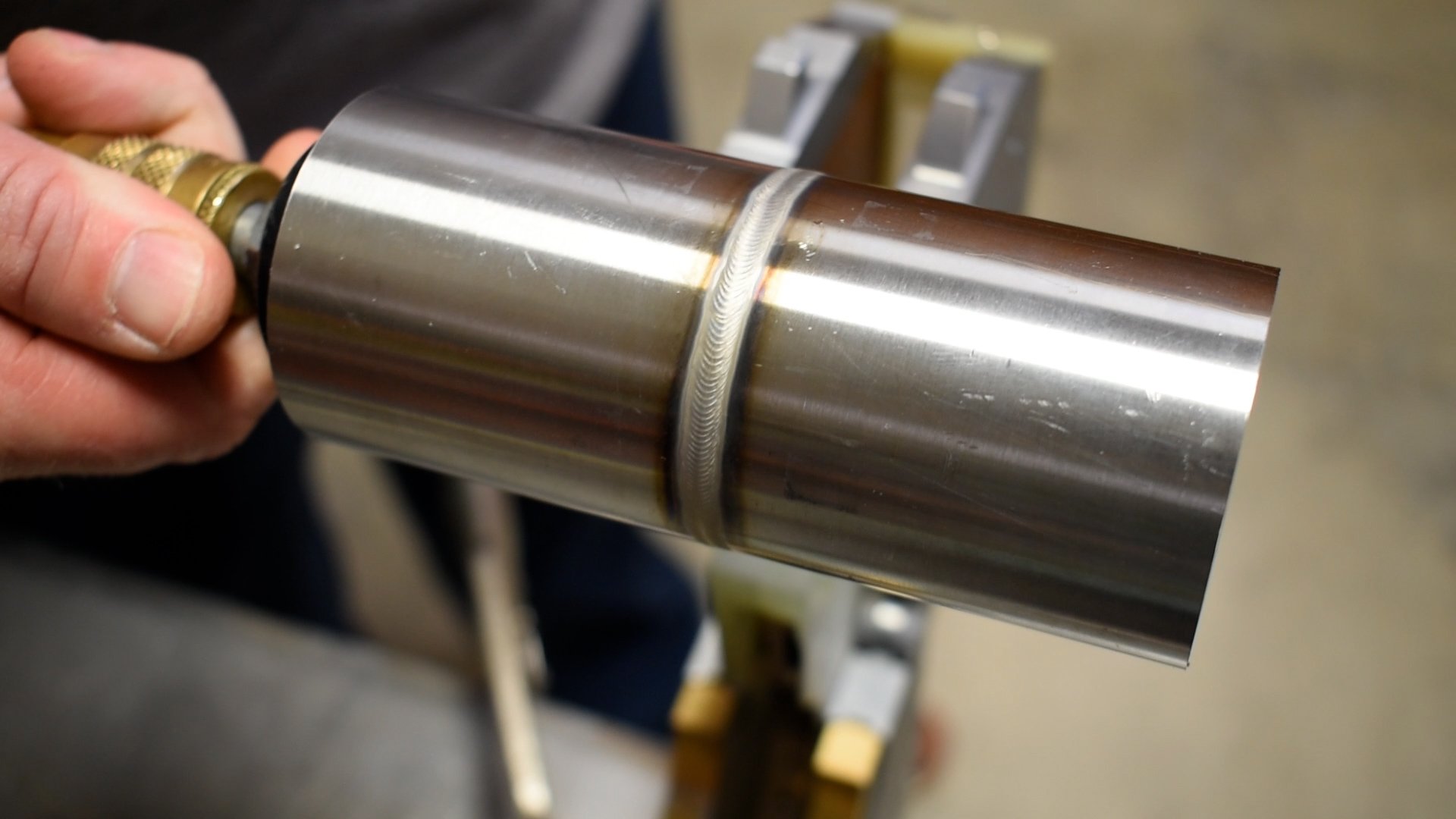Ultimate Guide to Preventing Weld Undercut: Tips and Techniques
Grasping the Art of Welding: Just How to Stay Clear Of Undercut Welding Issues for Flawless Fabrication Outcomes
Effectiveness and accuracy are extremely important in the globe of welding, where also the smallest blemish can jeopardize the structural honesty of a fabricated item. One usual obstacle that welders face is damaging, a defect that can weaken a weld joint and lead to costly rework. By recognizing the origin creates of undercut welding and implementing reliable strategies to stop it, welders can raise their craft to new levels of quality (Preventing weld undercut). In the pursuit of flawless fabrication outcomes, understanding the art of welding to stay clear of undercut issues is not just an ability however a requirement for those aiming for excellence in their work.
Comprehending Undercut Welding

To avoid undercut welding, welders ought to make certain appropriate welding parameters, such as changing the existing, voltage, traveling rate, and keeping the right electrode angle. Furthermore, using the ideal welding strategy for the specific joint arrangement is important. Utilizing weaving motions or backstepping methods can assist guarantee correct weld metal deposition and decrease the probability of undercut development. Normal evaluation of welds throughout and after the welding procedure is additionally vital to catch any kind of undercut early and make needed changes to avoid further problems. Preventing weld undercut. By recognizing the reasons of undercut welding and carrying out safety nets, welders can achieve high-grade, structurally audio welds.
Root Causes Of Undercut in Welding
Recognizing the elements that add to damage in welding is important for welders to create top notch, structurally sound welds. When the weld steel does not correctly fill up the groove developed in between the base metal and the formerly deposited weld steel, damaging takes place. Several factors can result in undercut in welding. One usual reason is too much warmth input. Welding at high temperature levels for prolonged periods can cause the base steel thawing greater than desired, bring about undercut. Poor welding inaccurate or existing welding speed can also add to damage. Not enough current may not offer enough heat to thaw the base and filler steels sufficiently, while too much rate can prevent appropriate fusion, creating undercut. Furthermore, improper electrode angles or wrong torch adjustment techniques can produce areas of low weld metal deposition, advertising undercut. Comprehending these causes and applying proper welding strategies can help prevent damaging issues, making sure resilient and solid welds.
Methods to avoid Undercutting

To alleviate the threat of undercutting in welding, welders can employ tactical welding methods targeted at boosting the quality and integrity of the weld joints. One effective method is to adjust the welding parameters, such as voltage, present, and take a trip rate, to make sure appropriate heat input and deposition. Maintaining an ideal electrode angle and guaranteeing consistent traveling rate can additionally aid protect against undercut. In addition, utilizing the proper welding strategy for the certain joint setup, such as weave or stringer beads, can add to reducing undercutting. Preventing weld undercut.
Employing back-step welding strategies and controlling the weld bead account can likewise aid disperse heat uniformly and decrease the threat of undercut. Routine assessment of the weld joint throughout and after welding, as well you could check here as implementing quality assurance procedures, can assist in spotting and attending to damaging issues quickly.
Significance of Appropriate Welding Specifications
Choosing and preserving proper welding criteria is crucial for attaining effective welds with marginal defects. Welding specifications refer to variables such as voltage, present, take a trip rate, electrode angle, and shielding gas flow price that directly impact the welding procedure. These criteria have to be meticulously changed based on the kind of product being bonded, its thickness, and the welding method used.
Proper welding criteria ensure the correct amount of warm is applied to melt the base have a peek at this website steels and filler material consistently. If the parameters are set too expensive, it can cause extreme heat input, causing spatter, burn-through, or distortion. On the various other hand, if the parameters are also low, insufficient fusion, absence of penetration, or damaging may occur.
Quality Control in Welding Workflow

Verdict
Finally, mastering the art of welding needs a detailed understanding of undercut welding, its reasons, and strategies to avoid it. By making certain correct welding criteria and implementing quality control practices, remarkable manufacture outcomes can be attained. It is essential for welders to consistently pursue quality in their welding operations to avoid undercut problems and create premium welds.
Undercut welding, a common defect in welding procedures, occurs when the weld metal does not correctly fill the groove and leaves a groove or directory anxiety along the bonded joint.To prevent undercut welding, welders must guarantee correct welding specifications, such as adjusting the existing, voltage, travel rate, and preserving the correct electrode angle. Insufficient welding wrong or current welding rate can also add to damage.To minimize the danger of damaging in welding, welders can use strategic welding methods intended at improving the top quality and integrity of the weld joints.In verdict, mastering the art of welding needs a complete understanding of undercut welding, its causes, and methods to stop it.